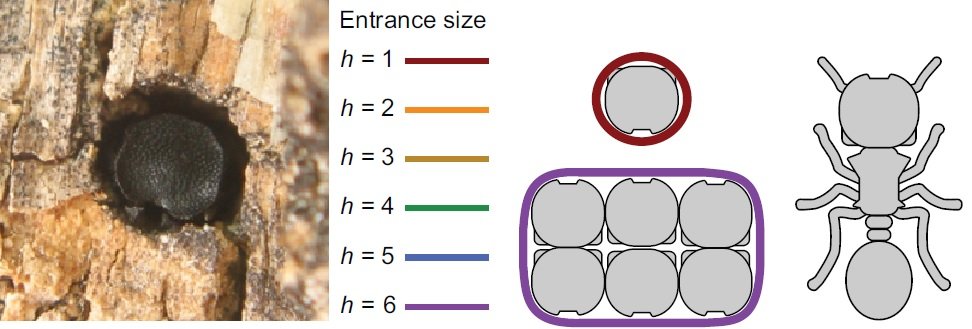As humans, when we search for something (e.g. a lost car key in the grass), we tend to go systematically (e.g. in a spiral or back-and-forth pattern). This is mathematically most effective and has been used by theoreticians and computer scientists as a model for search generally. HOWEVER, this really doesn't work well at all when there are obstacles or navigational uncertainty - i.e. if you imagine a bigger scale, like wandering around a large wood, small mistakes in turning angles will quickly set you on a completely different, and inefficient path, where you miss large areas or cover the same ground twice.
Most literature on animal movement, on the other hand, assumes animals do a purely random (as opposed to systematic) walk/search. Correlated random walk models are standard (correlated just means walking forward more often than turning around, but it's still with random angles and no plan from one step to the next).
Here, we analyze exceptionally long stretches of freely moving animals (ants in this case), and find they actually do something that may be a smart compromise between the two: systematic elements (i.e. meandering left to right, i.e. each step is not independent of the last) combined with randomness (noise in angles and random walking at a larger scale). This might provide a uniquely efficient and robust method of searching a large area and has not been previously described in any animal (there are some cases of well-described systematic search, see introduction in the paper).








